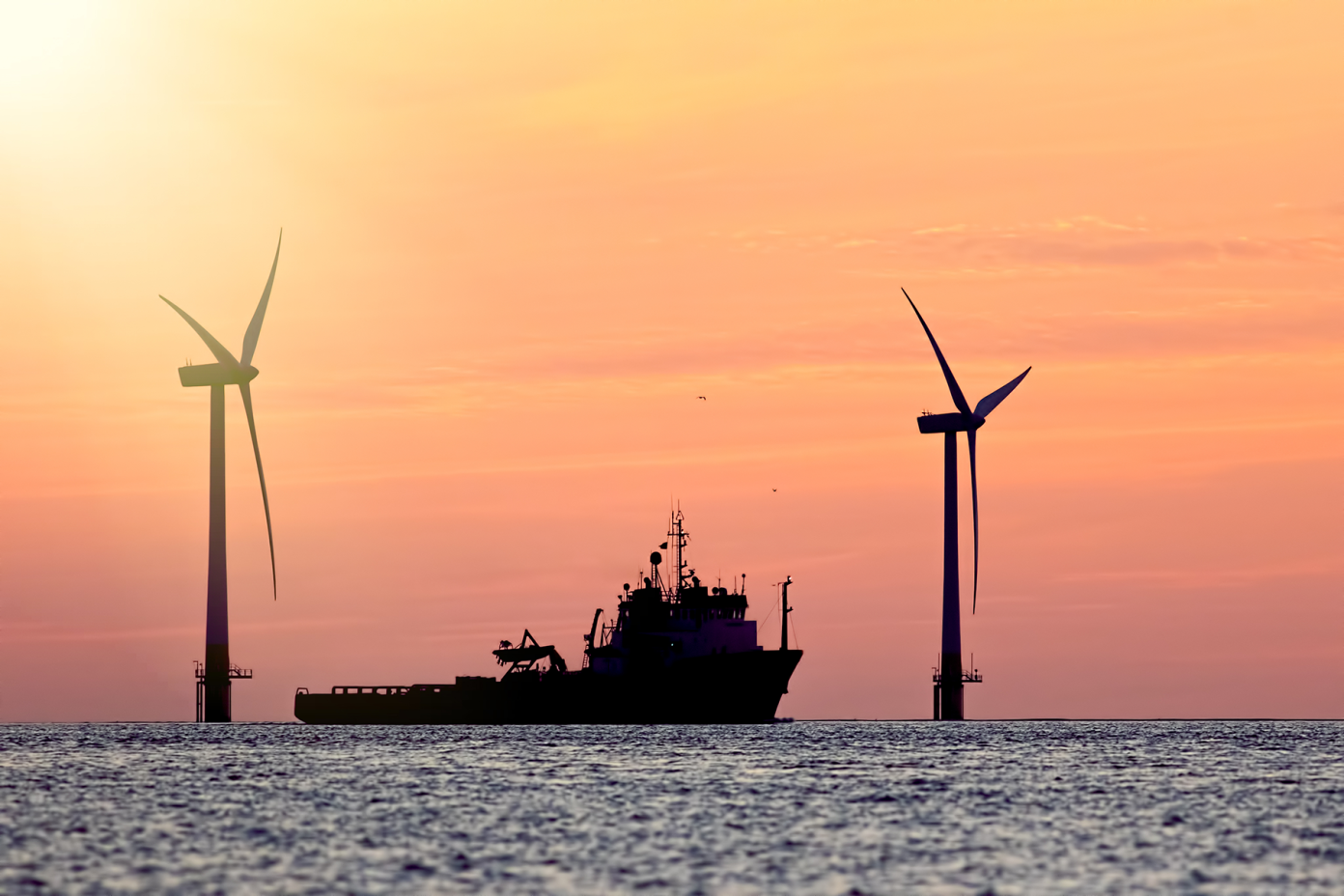Brad Adams, co-founder of Subsea Estate in Western Australia, has just retrieved vats of his latest wine from the seabed just off the coast of Augusta.
Partnered with wife and co-founder Jodee Adams and chief wine maker Emmanuel Poirmeur, he is creating a product unique in the southern hemisphere.
For the last two years, Subsea Estate has produced Semillon and Shiraz that has undergone its secondary fermentation 15 meters deep in the Southern Ocean.
The idea was originally inspired by the 1998 discovery of thousands of bottles of 1907 Heidsieck & Co Monopole Goût Americain Champagne on the Swedish schooner Jönköping which was sunk off the Finnish coast by a German U-boat during World War I in 1916.
Poirmeur pioneered his unique subsea fermentation technique in the waters off France around 20 years ago with his company Wine Reef, and now partnering in the Australian venture, he has developed the 265-liter poly vats which were anchored above the seabed.
Poirmeur evaluates locally-produced wines after their first fermentation and choses those most suitable for the unique secondary process. Then Subsea Estate uses a contracting local winery for the remaining wine-making processing and bottling.
The latest batch of wine spent eight months swaying in the current at temperatures ranging from 19 to 22 degrees Celsius.
The vats were anchored across a sandy area of about five hectares situated away from the seagrass habitats that are important to the Adams’s other business – abalone farming – but close enough to create logistics synergies between the two.
The same boats that take divers out and abalone back in to shore are used to transfer the wine. Adams like things simple, and the vats are secured in place by the same sand anchors that his work boats use.
“We get about 10 immersions out of a vat, so four to five years of life, and then we recycle them. In France, Emmanuel actually sends them back to the same factor that he gets them made at and they turn them into canoes,” says Adams.
Opening the recovered Subsea Estate vats is like opening a huge bottle of Champagne, and the wines retain a unique spritz even though most of the bubbles are filtered out before bottling.
Keeping the yeast used in the autolysis process in motion creates unique flavor notes in the wine.
Every immersion is different due to random changes in ocean waves and the prevalence of winter storms, offering “the truest expression of that season” and making the winemaking process bold and unpredictable.
“They’re wines of adventure,” says Adams. “They’re for people who have a sense of adventure and are willing to try new things. The maturation process really does provide unique flavor profiles that you won’t get on land.”
In a few weeks, the 15,000 bottles currently being produced will be ready for sale, some purely subsea, others a blend with land-based wine from local wineries.
Adams and Poirmeur are ready to expand production further over their 413-hectare subsea estate and anticipate scaling production to 100,000 bottles in the near future.
The next batch of vats to go subsea this year will include Chardonay and Cabernet Sauvignon as well as Semillon and Shiraz.
There’s everything we need to scale up within 30 kilometers of the harbor, says Adams.
After that, the founders plan to expand to waters in other parts of Australia, South-East Asia and still further afield, in South Africa and Miami.
Images below courtesy of Lauren Trickett





